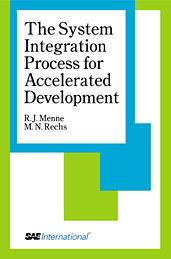Technical Paper
Ways to Meet Future Emission Standards with Diesel Engine Powered Sport Utility Vehicles (SUV)
2000-03-06
2000-01-0181
The paper reports on the outcome of a still on-going joint-research project with the objective of establishing a demonstrator high speed direct injection (HSDI) diesel engine in a Sport Utility Vehicle (SUV) which allows to exploit the effectiveness of new engine and aftertreatment technologies for reducing exhaust emissions to future levels of US/EPA Tier 2 and Euro 4. This objective should be accomplished in three major steps: (1) reduce NOx by advanced engine technologies (cooled EGR, flexible high pressure common rail fuel injection system, adapted combustion system), (2) reduce particulates by the Continuous Regeneration Trap (CRT), and (3) reduce NOx further by a DeNOx aftertreatment technology. The current paper presents engine and vehicle results on step (1) and (2), and gives an outlook to step (3).

